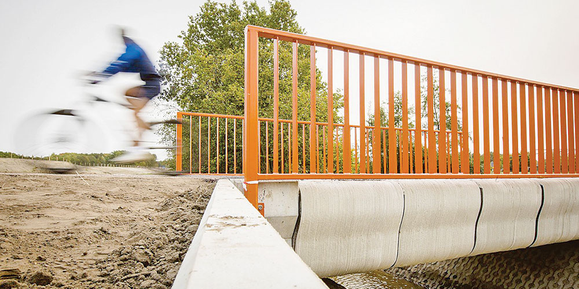Digital manufacturing and its impact on professional designers
06 / 05 / 2019
Today no one doubts that the future of product design lies in digital manufacturing, a set of integrated processes that allows you to move from a digital design using CAD software to a solid tridimensional object, obtained from a 3D printer. But digital manufacturing includes not only 3D printing (objects are built up out of layers of metal or plastic) but also CNC Machining (where, typically, shapes are cut out of wooden sheets) and Laser Cutting (where materials like metal are burnt or melted by a laser beam). Any kind of object can be manufactured today: a pencil, a furniture unit, a shoe, a drone and, unfortunately, even a weapon.
The first thing that can be said is that the advent of digital manufacturing democratizes design to unsuspected levels. Anyone with a digital printer can create his/her own customized objects. The maker culture, popularized by the large number of fab labs that have opened all around the world, proposes taking the “do it yourself” concept a step further: by using open software, spaces where you can go to print in 3D in case you don’t have a printer at home, and a solid maker community that operates all around the world and is ready to collaborate by providing access to these tools to anyone outside the world of design.
But how does this affect professional designers? In view of this democratization, specialization is the option. It is obvious that a designer will master the tools better, he/she will find solutions to much more complex problems and will be able to interact with the industry. Digital manufacturing allows us to explore the limits of design, to test the projects with prototypes and to adjust customized projects. It has become an essential tool not only for designers, but also for architects, as they can now print pieces that fit into each other to create a structure. The first concrete bridge entirely printed in 3D can be found in the Netherlands, while a two-storey house was built in China in only three hours.
Perhaps the most common problem faced by product designers is diving through so much information. Apart from mastering software tools, a designer also needs to know which materials to use and how they will behave in a digital manufacturing environment. In order to provide a more comprehensive vision of what is being done nowadays in the world of digital manufacturing in architecture and design the UCL Press has made available for free download from its website the three volumes of Fabricate, a magnificent and thorough series of publications with illustrated articles and examples of projects built or in progress developed both in schools of architecture and professional studios. It includes collaborations by Zaha Hadid Architects, Arup, Foster + Partners and Ron Arad, among many others, as well as renowned institutions such as MIT, The Bartlett School of Architecture (UCL), Princeton University, Yale, Harvard, Architectural Association and ICD Stuttgart.
Fabricate is a triennial international conference, now in its third year, which brings together pioneers in design and making within architecture, construction, engineering, manufacturing, materials technology and computation. Each year it produces a supporting publication, to date the only one of its kind specializing in Digital Fabrication, which is now available free to download.
More than 700 pages’ worth of technical experiments, speculative construction processes, new industrial tools, and one-off prototypes, the books are a gold mine for research and development. Information on 3D printers, semi-autonomous bricklaying, robots, multi-axis milling machines, cellular automata, self-assembling endoskeletons, drone weaving… The volumes also include essays and interviews which give further in-depth information on the subject.
These three Fabricate volumes are an essential tool for all those designers and students that wish to delve deeper into digital manufacturing, exploring its possibilities and researching the applications this technique can bring to their work. In such a rapidly evolving field it is important to keep pace with innovations and the changes that take place. Luckily, Fabricate has compiled and edited all this information in this series, at everyone’s disposal.
FABRICATE 2011, 2014 and 2017 are now all available to download free from UCL Press.




